Imagine a creature so surprising, so utterly strange, that it seems almost made up—a mix of a beaver, a duck, and an otter, all rolled into one. Now picture that same animal diving underwater, sealing off its senses one by one as it glides below the surface, transforming itself into a real-life submarine. The platypus is one of the few mammals in the world that can do this, shutting down sight, sound, and even smell, all at once. It’s a jaw-dropping adaptation that feels straight out of science fiction, and yet, it’s happening in rivers and streams across Australia every single day. The story of how and why platypuses “go full submarine” is a wild ride through evolution, survival, and a little bit of magic.
The Platypus: Nature’s Most Bizarre Mammal
The platypus has baffled scientists and delighted animal lovers since its discovery. With its duck-like bill, webbed feet, and beaver tail, it looks like something a child might dream up with a box of spare animal parts. Its unique appearance isn’t just for show—each feature plays a vital role in surviving the wild Australian waterways. Unlike most mammals, the platypus lays eggs, has venomous spurs on its hind legs, and glows under ultraviolet light. It’s little wonder that early European naturalists thought the platypus was a hoax, a stitched-together prank. Today, we know it’s not just real—it’s a living fossil, a glimpse into the distant past of mammalian evolution.
Eyes Wide Shut: Vision Underwater
When a platypus dives, its eyelids snap tightly shut, blocking out all light and protecting its sensitive eyes. This might sound like a drawback for an animal hunting underwater, but it’s actually a clever adaptation. Rivers and streams in the platypus’s habitat are often murky, so seeing isn’t always an option. By closing its eyes, the platypus avoids injury from debris and keeps out the silt and grit that could scratch its cornea. It’s a bit like a swimmer wearing goggles, except the goggles are built right in. For the platypus, blindness underwater isn’t a handicap—it’s part of the plan.
Sealing the Ears: No Eavesdropping Below the Surface
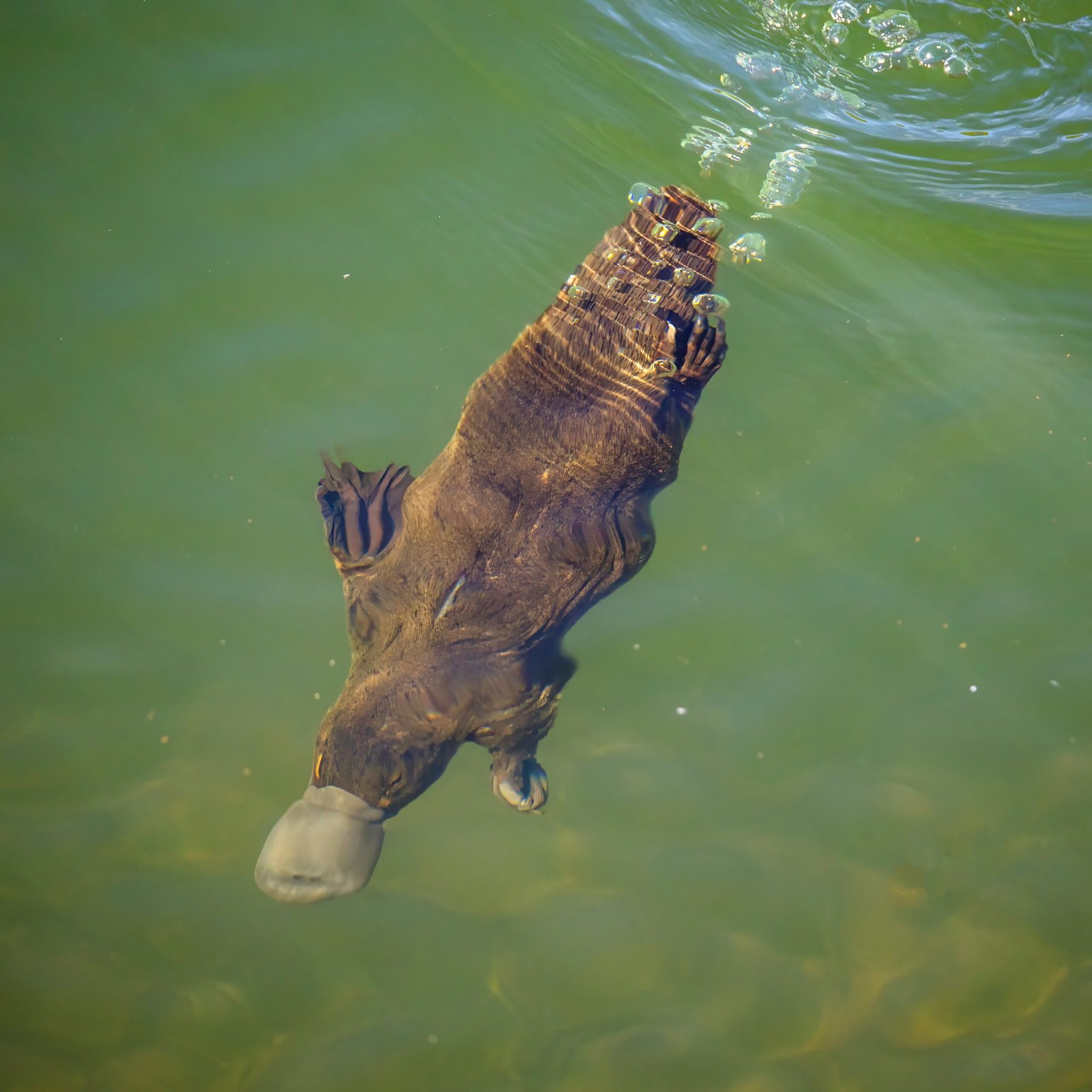
In addition to its eyes, the platypus seals its ear openings as it dives. Small skin folds cover the ears, shutting out water and all external noise. This means the platypus is essentially deaf while submerged. For most animals, losing both sight and hearing would spell disaster, but for the platypus, it’s just another day in the river. This adaptation protects the sensitive inner ear from infection and damage, but it also forces the platypus to rely on other, more unusual senses to find its way.
Closing the Nostrils: Smell Takes a Backseat
As if closing its eyes and ears weren’t enough, the platypus goes one step further: it seals its nostrils shut. Two special muscular valves clamp down, keeping water out of the nasal passages. This prevents drowning and allows the platypus to stay underwater longer, snuffling around without taking in a drop. With its nose out of action, the platypus can’t rely on scent to hunt. Instead, it turns to a sense most mammals barely use at all.
Electroreception: The Platypus’s Underwater Superpower
Here’s where the story takes a turn for the incredible. The platypus’s bill is packed with thousands of tiny receptors that can detect the faint electric fields given off by the muscles of prey. As insects, worms, and tiny crustaceans move through the water, they create a bioelectric signature. The platypus sweeps its bill back and forth, picking up these signals and homing in on its next meal with stunning accuracy. It’s like having a radar system built into your face—no need for eyes, ears, or a nose when you have this kind of power.
Why Shut Down All Senses? Evolution’s Masterstroke
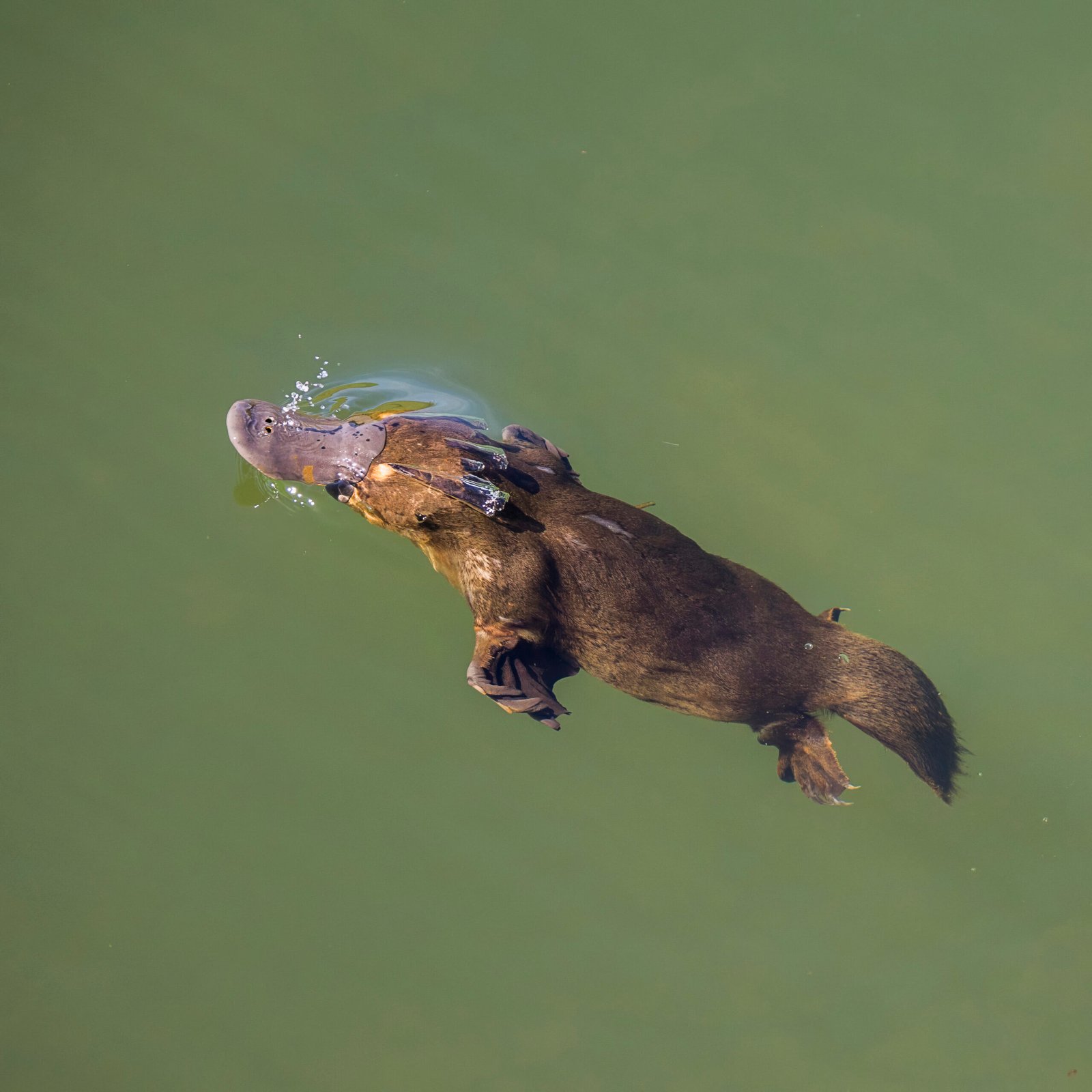
It’s easy to wonder why evolution would strip away three major senses in such a risky environment. The answer lies in the dangers of the platypus’s watery world. Underwater, eyes, ears, and nostrils are all vulnerable to infection, injury, and debris. By shutting them down, the platypus not only protects itself but also frees up brain power and energy to focus on the one sense that really matters: electroreception. What seems like a handicap is actually a super-efficient survival strategy.
Hunting in the Dark: The Platypus’s Foraging Routine
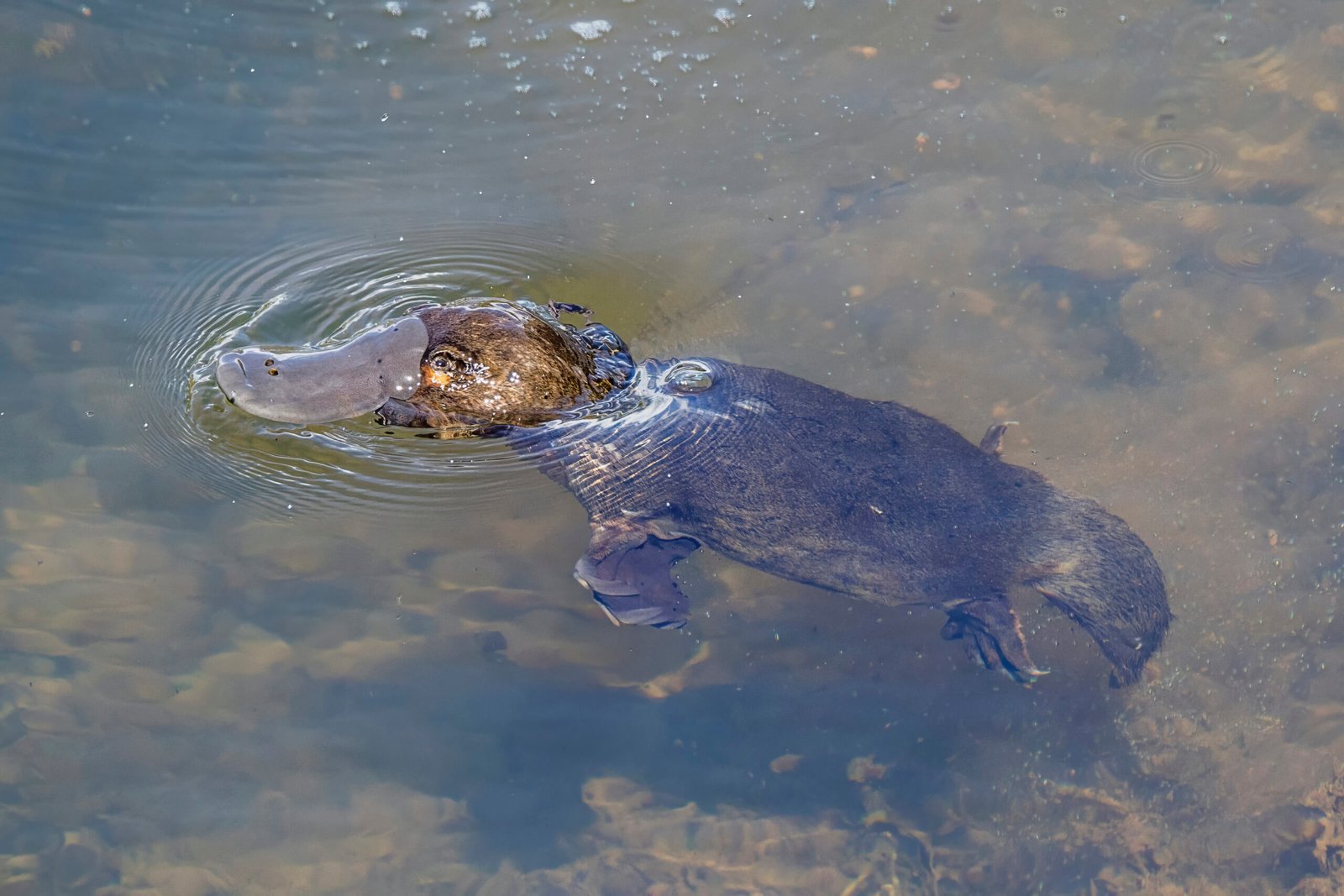
A typical platypus hunt is a masterclass in stealth and precision. The animal glides along the riverbed, eyes, ears, and nostrils sealed tight, using only its bill to “see” the world. It roots around in the mud and gravel, searching for the telltale zaps of shrimp, insects, and larvae hiding beneath the surface. Each dive lasts up to a minute, after which the platypus pops back up for air. Over the course of a night, a single platypus might make hundreds of dives, using its unique sensory toolkit to gather enough food to fuel its high-energy lifestyle.
Platypus Adaptations: Masters of Aquatic Life
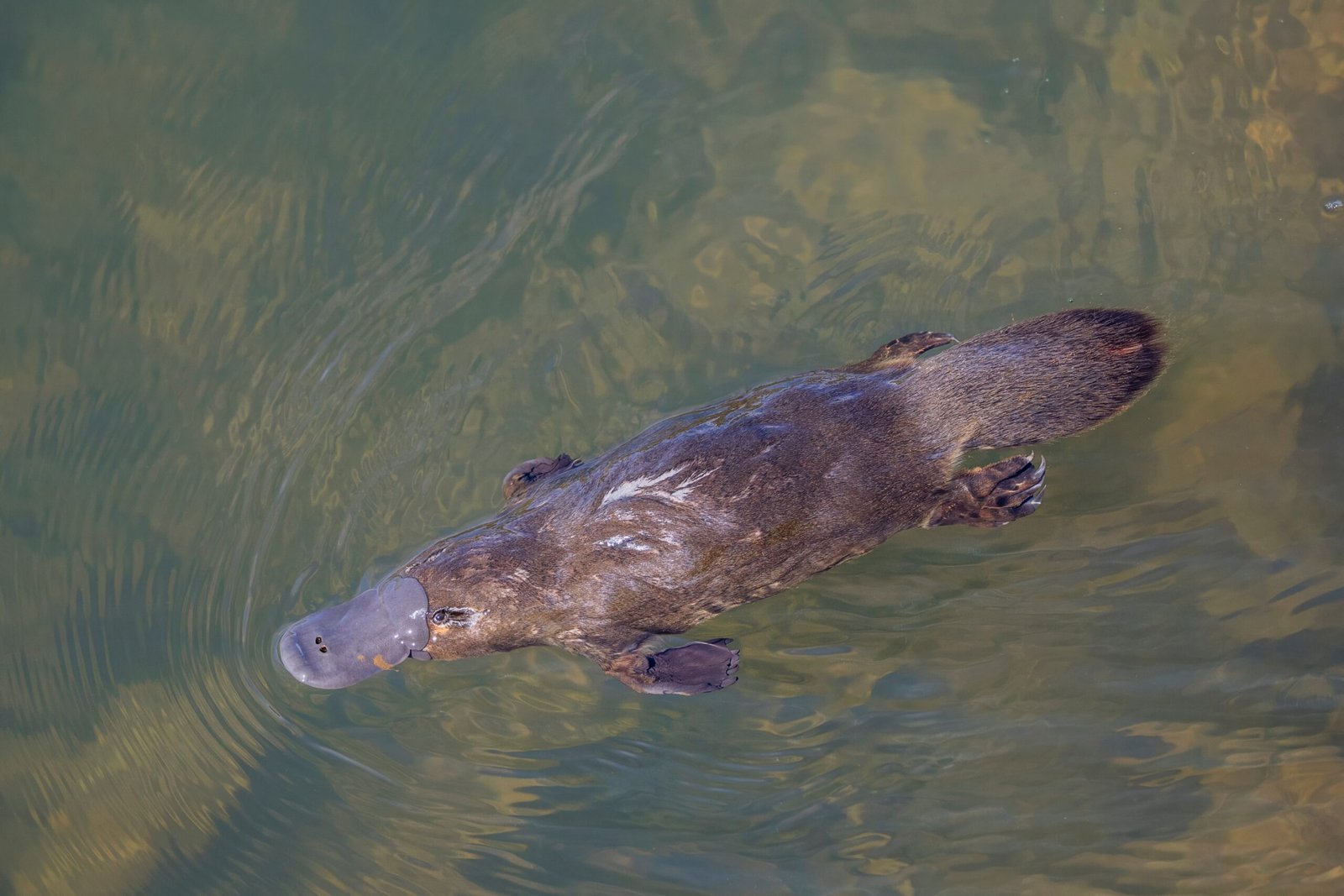
Beyond its sensory shutdown, the platypus is packed with other adaptations that make it a riverine superstar. Its webbed feet act like paddles, propelling it through the water with impressive speed and agility. The dense, waterproof fur keeps it warm and dry, even on the coldest nights. Its tail stores fat like a camel’s hump, providing backup energy for lean times. Every inch of the platypus is designed for life in the water, making its submarine strategy possible.
Comparisons: How Other Animals Stack Up
Most mammals would struggle to survive with their senses switched off, but a few have developed similar tricks. Seals and sea lions close their nostrils underwater, while dolphins can shut their blowholes. But none go as far as the platypus, which seals off sight, sound, and smell all at once. In the animal kingdom, this level of sensory shutdown is almost unheard of, setting the platypus apart as a true oddity.
The Importance of Timing: Dive Duration and Surface Intervals
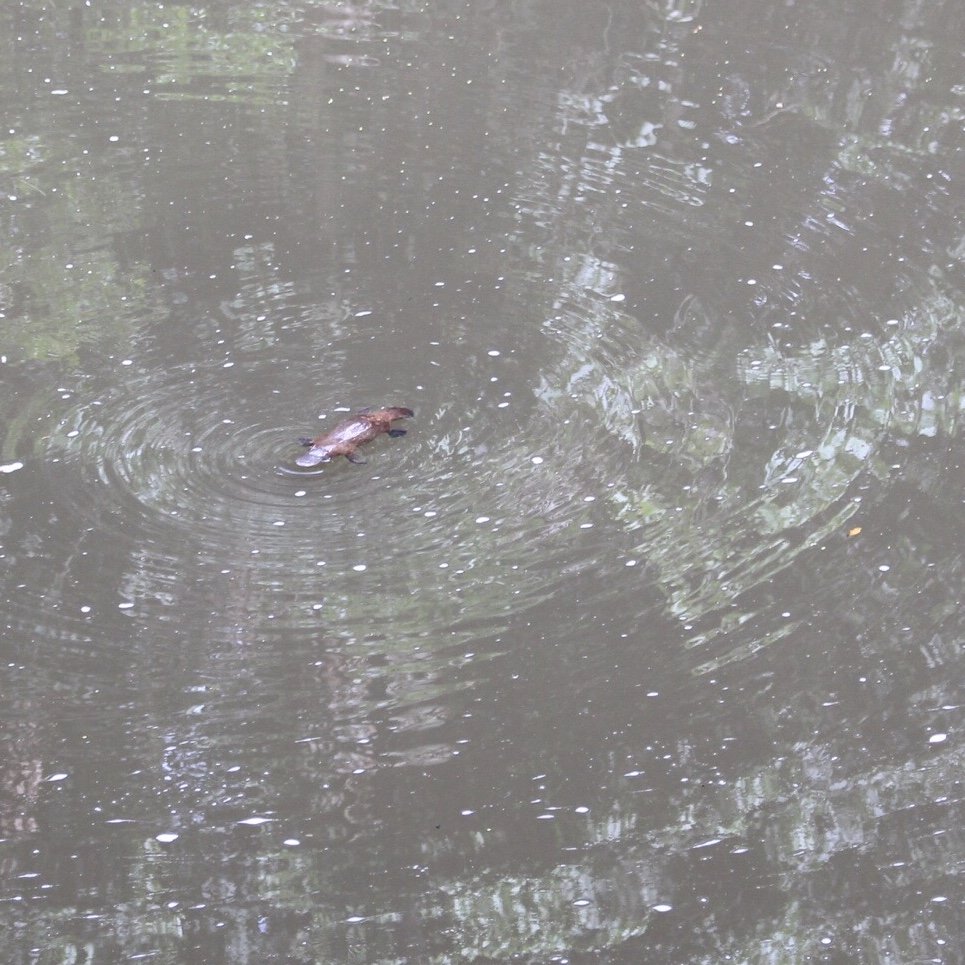
Each platypus dive is meticulously timed—too long underwater and it risks running out of air, too short and it might miss its prey. Most dives last between 30 seconds and one minute, followed by a quick surface interval to gulp in oxygen. The platypus’s lungs and blood are fine-tuned for this cycle, allowing long periods of foraging with minimal rest. This rhythm is crucial for survival, especially in the wild where food can be scarce and predators are always lurking.
Young Platypuses: Learning to Submarine
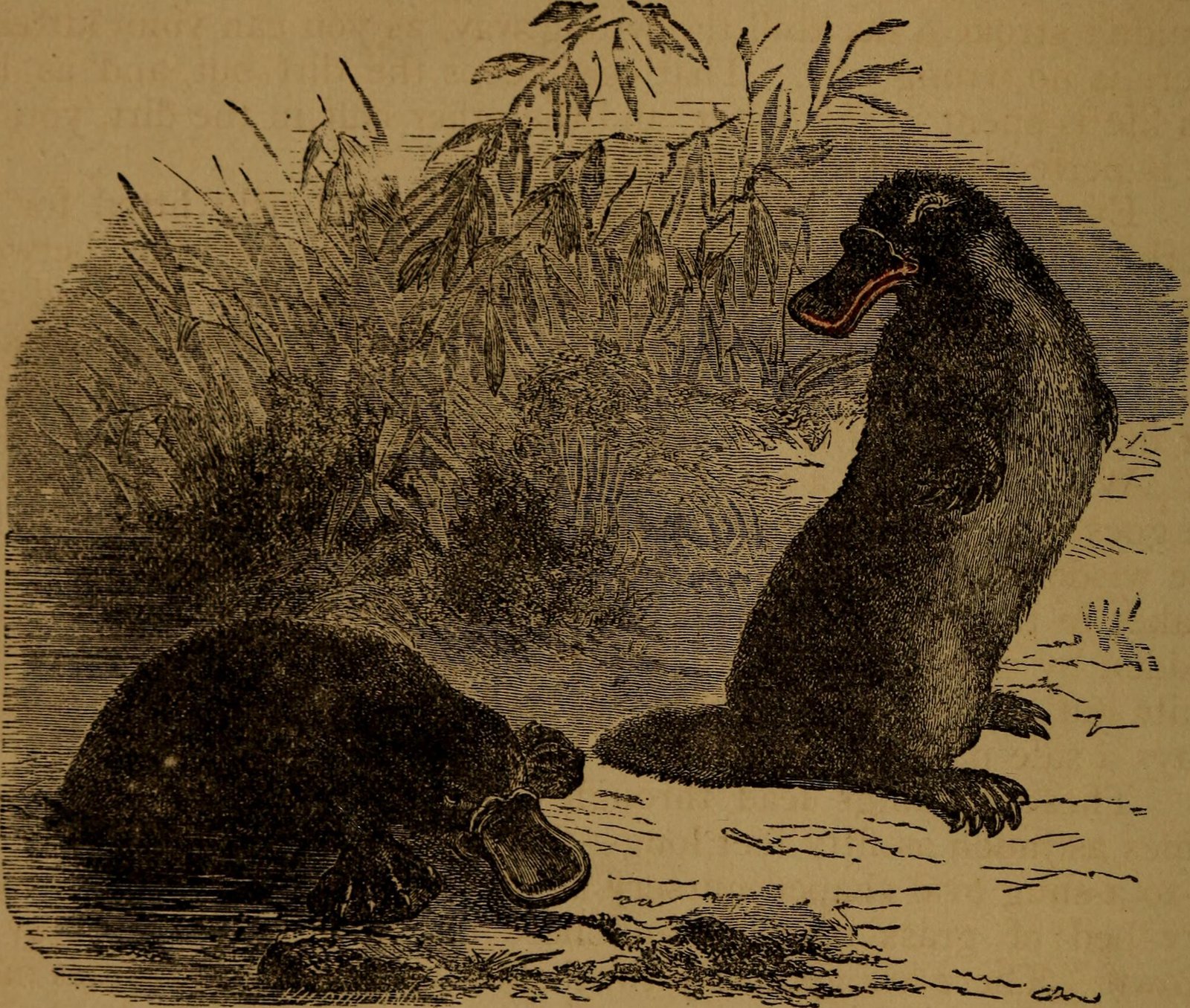
Platypus babies, called puggles, don’t start out as underwater experts. It takes weeks of practice before they perfect the art of sensory shutdown. Under the watchful eye of their mother, young platypuses gradually learn to close their eyes, ears, and nostrils, diving for short periods before building up stamina. This learning curve is steep, but essential—without it, a young platypus wouldn’t stand a chance in the wild.
Predators and Threats: The Need for Stealth
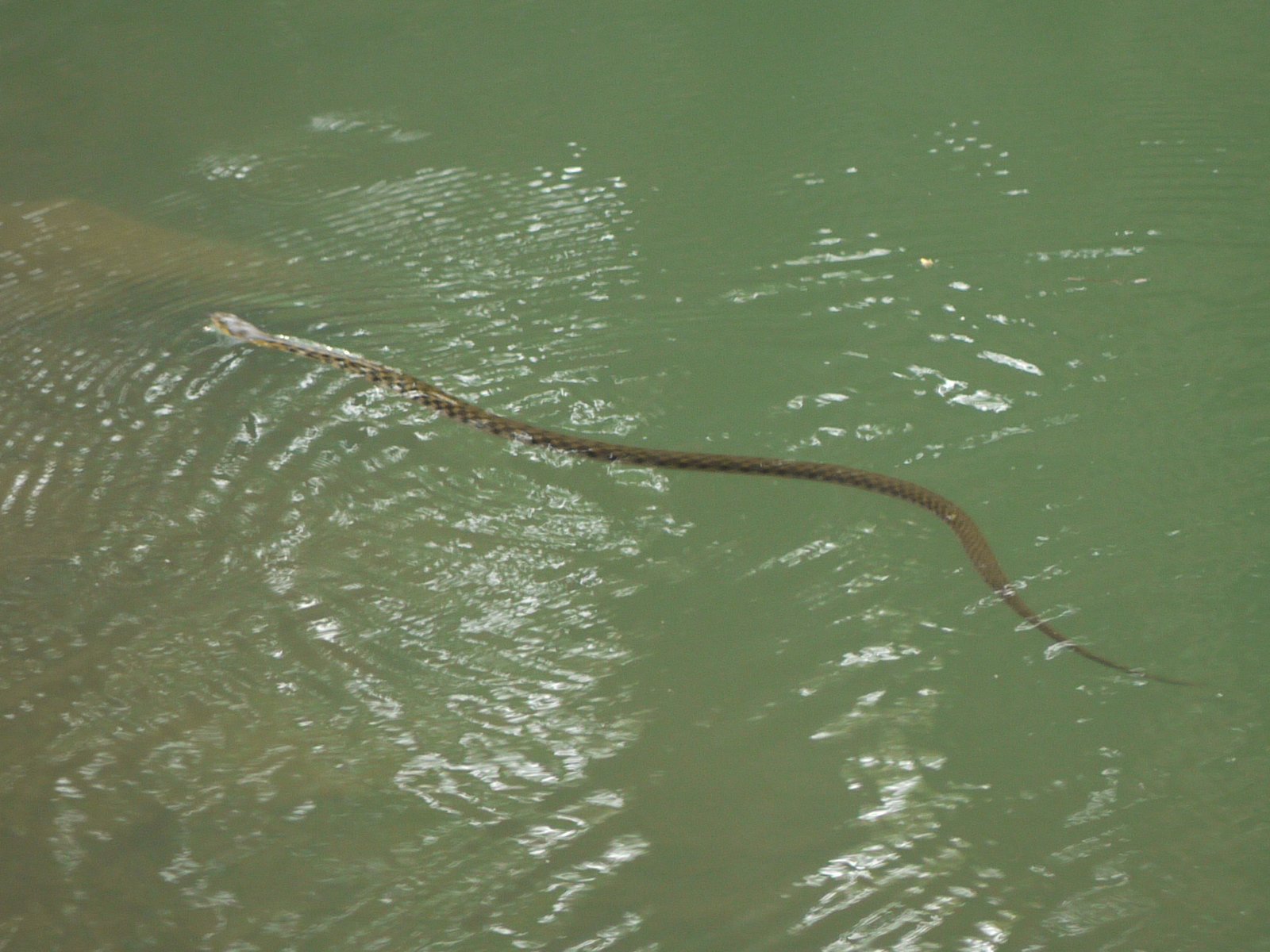
Going full submarine doesn’t just help the platypus hunt—it also helps it hide. Natural predators like snakes, birds of prey, and even large fish patrol Australian rivers. By staying low and shutting down unnecessary senses, the platypus becomes harder to spot and less likely to attract attention. Its quiet, streamlined movements make it a ghost in the water, difficult for even the sharpest-eyed hunter to detect.
Platypus Communication: Above and Below Water
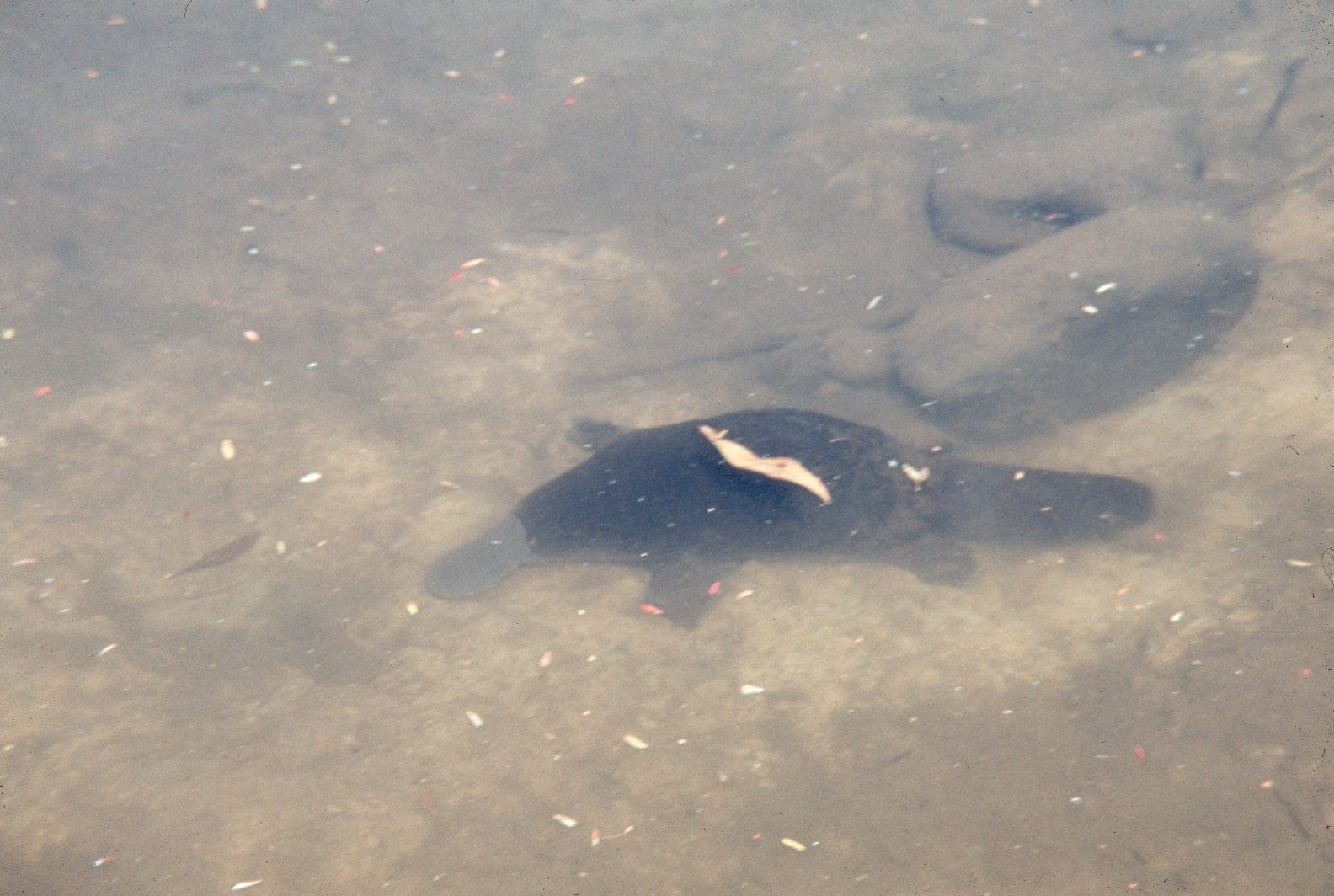
While underwater, platypuses are silent and solitary. But above water, they communicate through a range of vocalizations and body language. Chattering, growling, and tail slapping are all part of their social toolbox. This separation between underwater stealth and above-water interaction is another way the platypus balances survival with social life, keeping danger at bay without missing out on important connections.
Platypus Sleep and Rest: A Unique Schedule
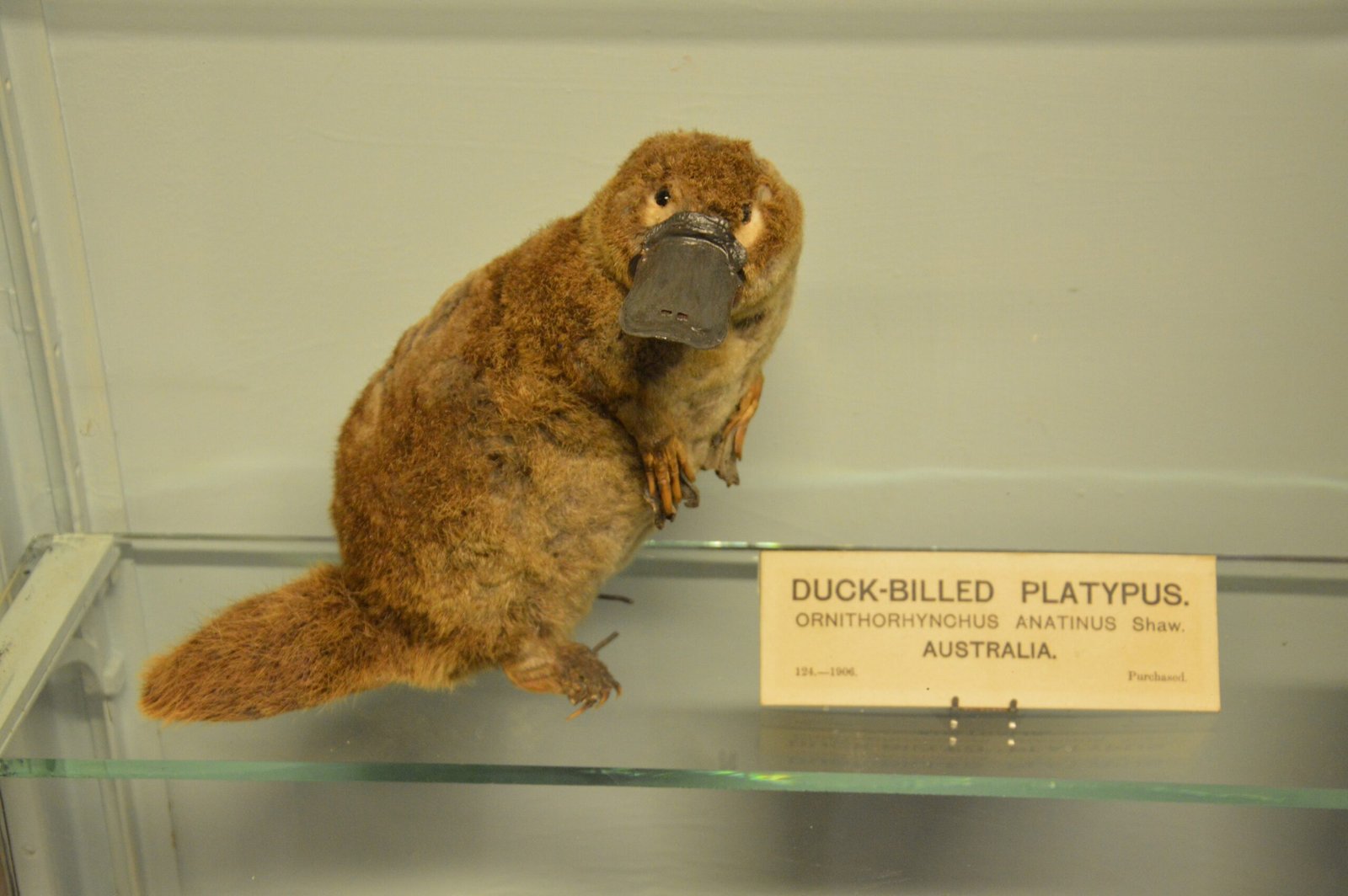
Platypuses are mostly nocturnal, spending daylight hours tucked away in burrows along the riverbank. Their sleep patterns are unusual—short naps between bursts of activity, rather than long stretches of rest. Scientists believe this fragmented sleep helps the platypus stay alert to both predators and opportunities for food. It’s just one more example of how this animal bends the rules of nature to its own advantage.
The Role of the Bill: More Than Just a Sensory Organ
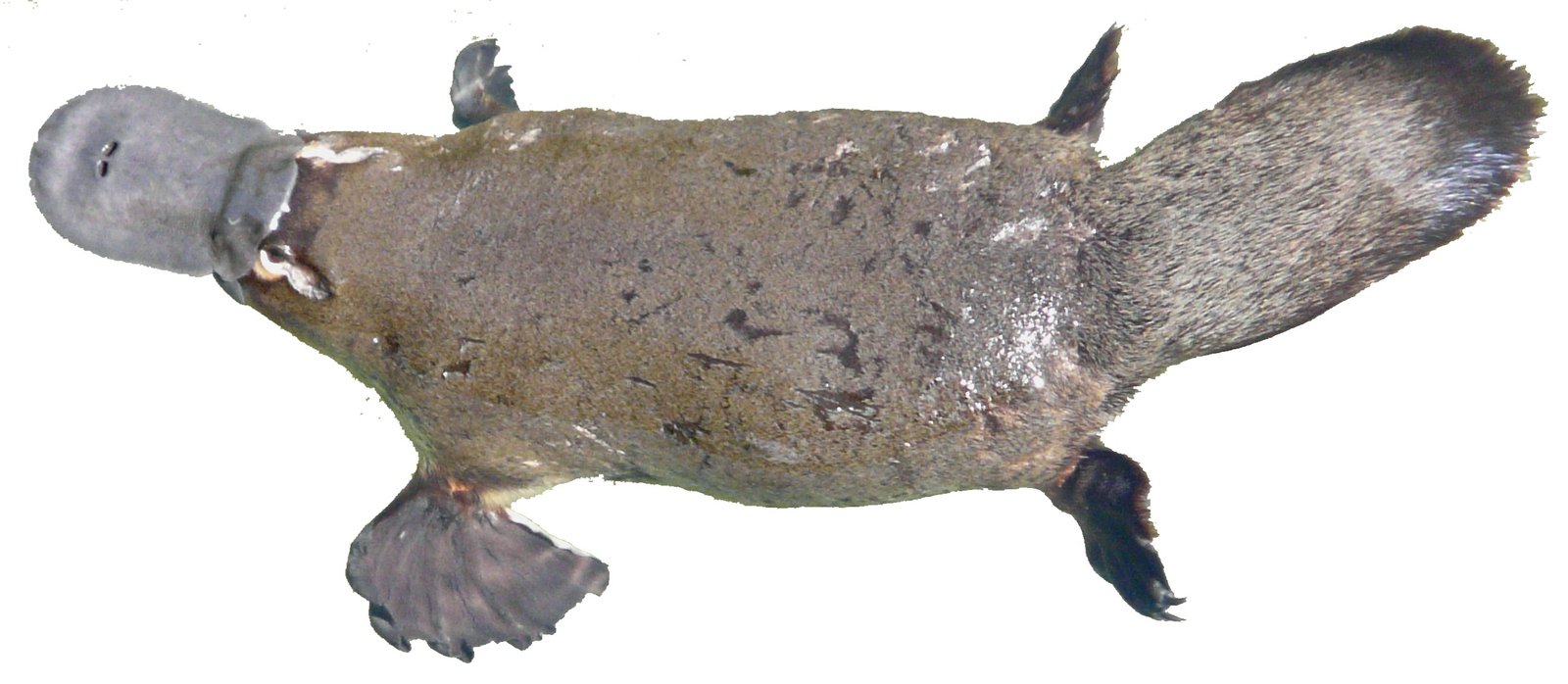
The platypus’s bill isn’t just a fancy sensor—it’s also a tool for digging and sifting through the riverbed. Strong muscles and a flexible structure allow the platypus to move rocks, uproot plants, and uncover hidden prey. The bill’s shape, packed with nerve endings, gives the platypus a detailed “map” of its surroundings, compensating for the senses it shuts down while underwater.
Environmental Changes: Facing New Challenges

Modern platypuses face threats their ancestors never imagined. Pollution, habitat destruction, and climate change have altered the rivers they depend on. As water quality declines, the risks to sensitive eyes, ears, and nostrils grow, making the platypus’s shutdown strategy even more important. Conservationists are racing to protect these habitats, knowing that every platypus dive is a delicate balance between risk and reward.
The Magic of the Platypus: A Living Mystery

There’s something magical about watching a platypus slip beneath the surface, vanishing from sight and sound, then reappearing as if by magic. It’s a reminder that the natural world is full of surprises, and that even the strangest creatures have a place and a purpose. The platypus’s full submarine act is more than just a quirk—it’s a testament to the power of evolution and the mystery of life itself.
Lessons from a Submarine Mammal
In a world that often feels noisy and overwhelming, the platypus’s ability to shut out distractions and focus on what matters is surprisingly relatable. Its story encourages us to look beyond appearances, embrace the unexpected, and remember that sometimes, the best way to survive is to trust in our own unique strengths. The next time you see a quiet river or a shadowy stream, imagine the platypus gliding below the surface—eyes, ears, and nostrils closed, but more alive and aware than ever.




